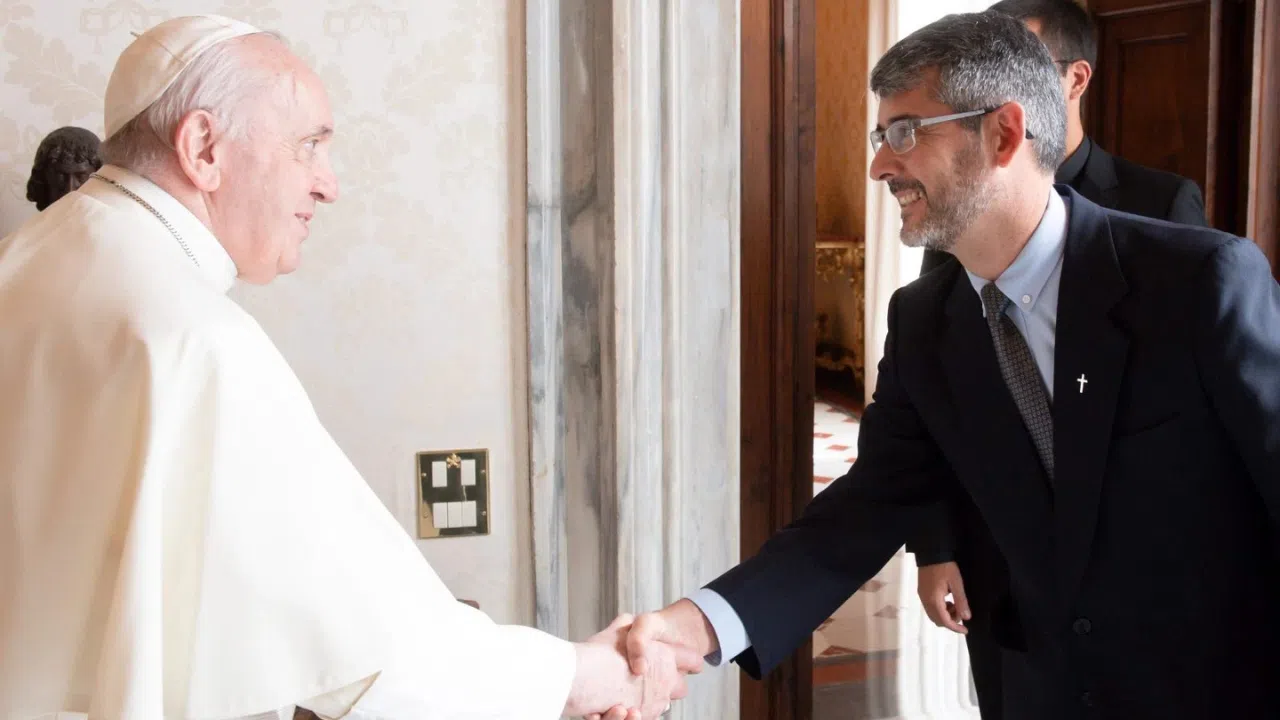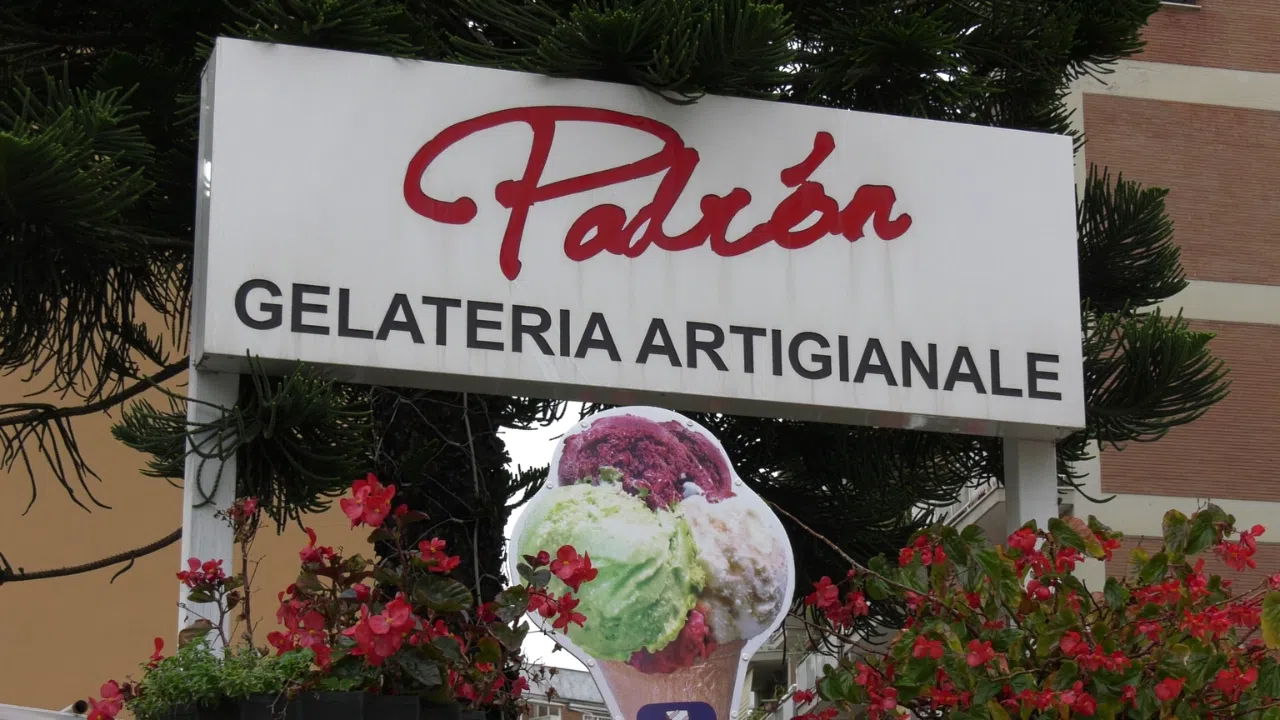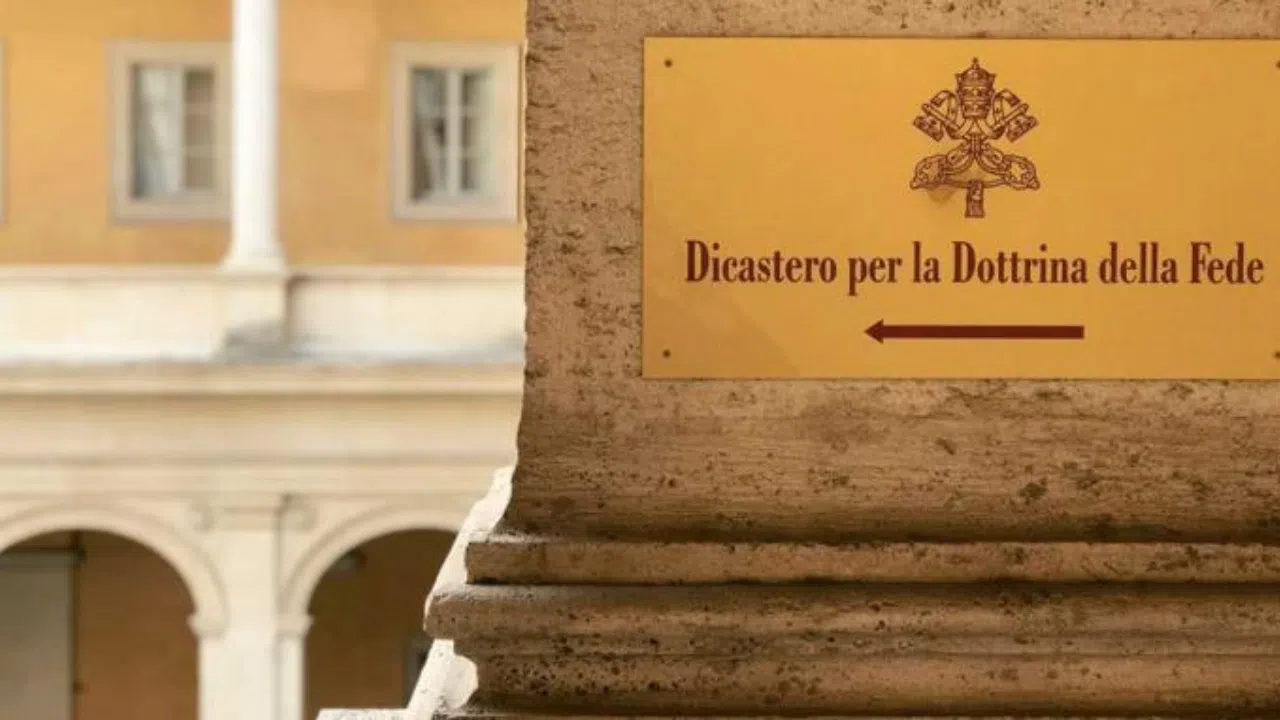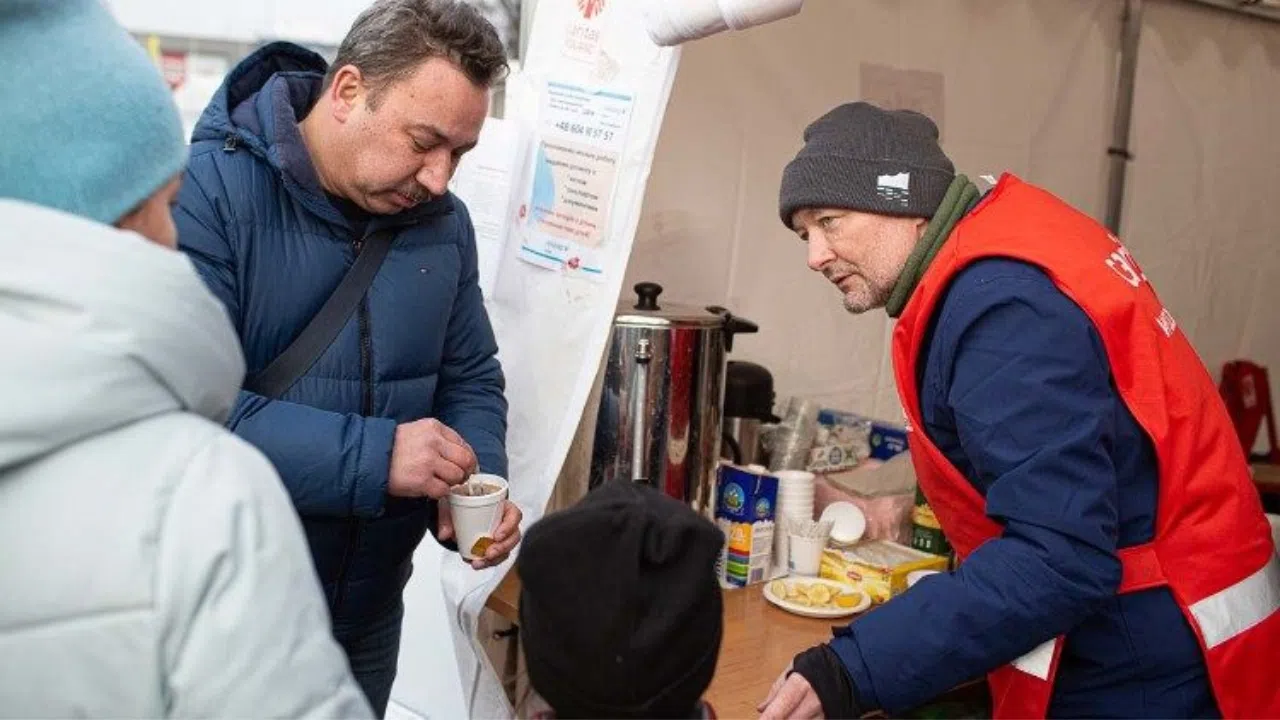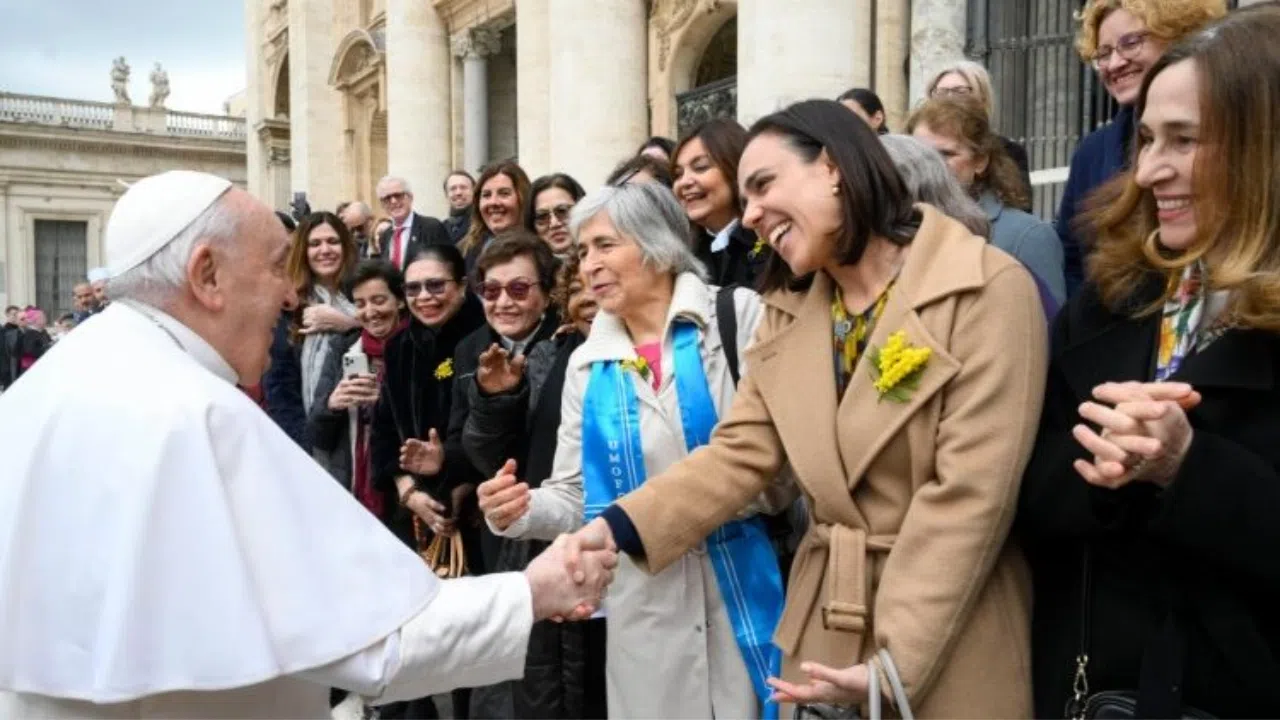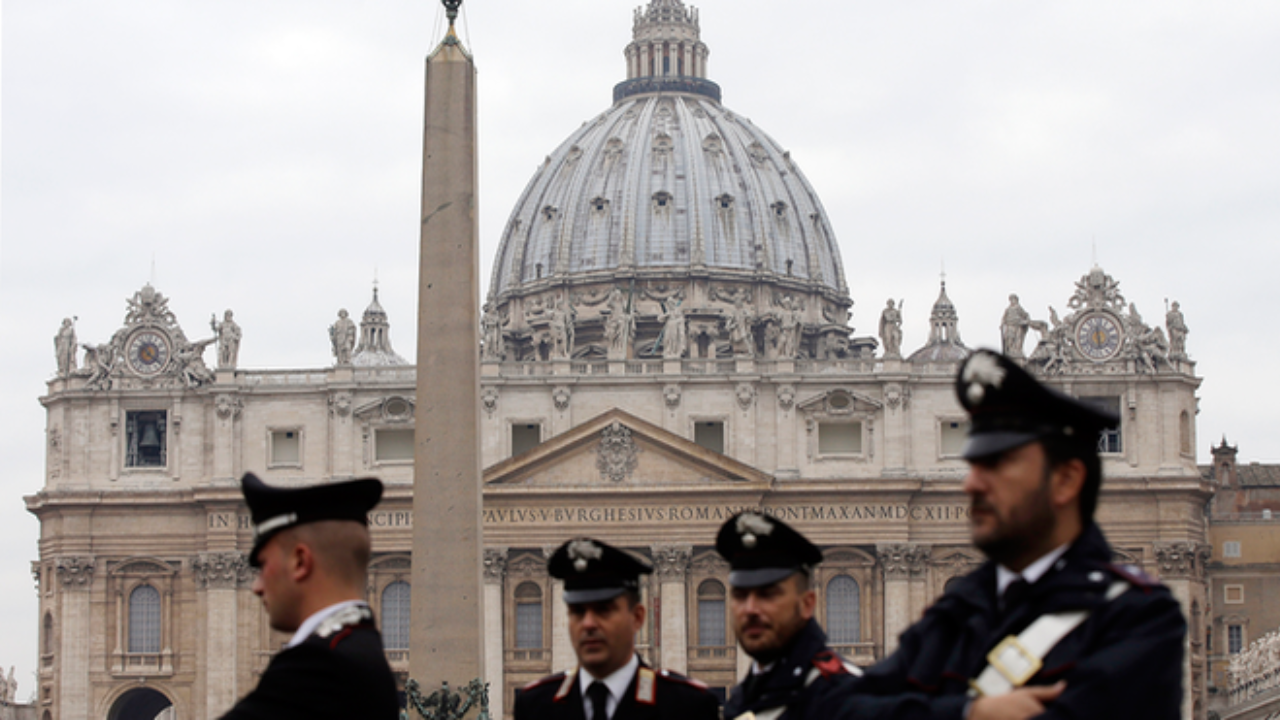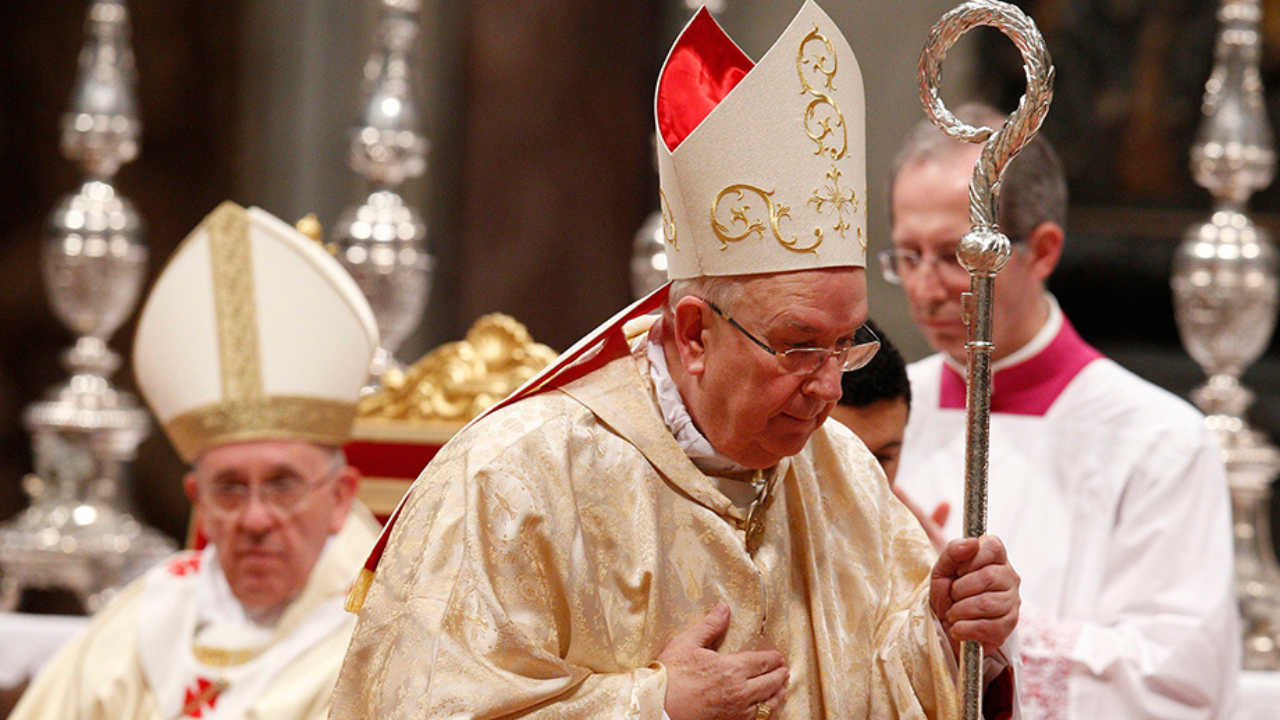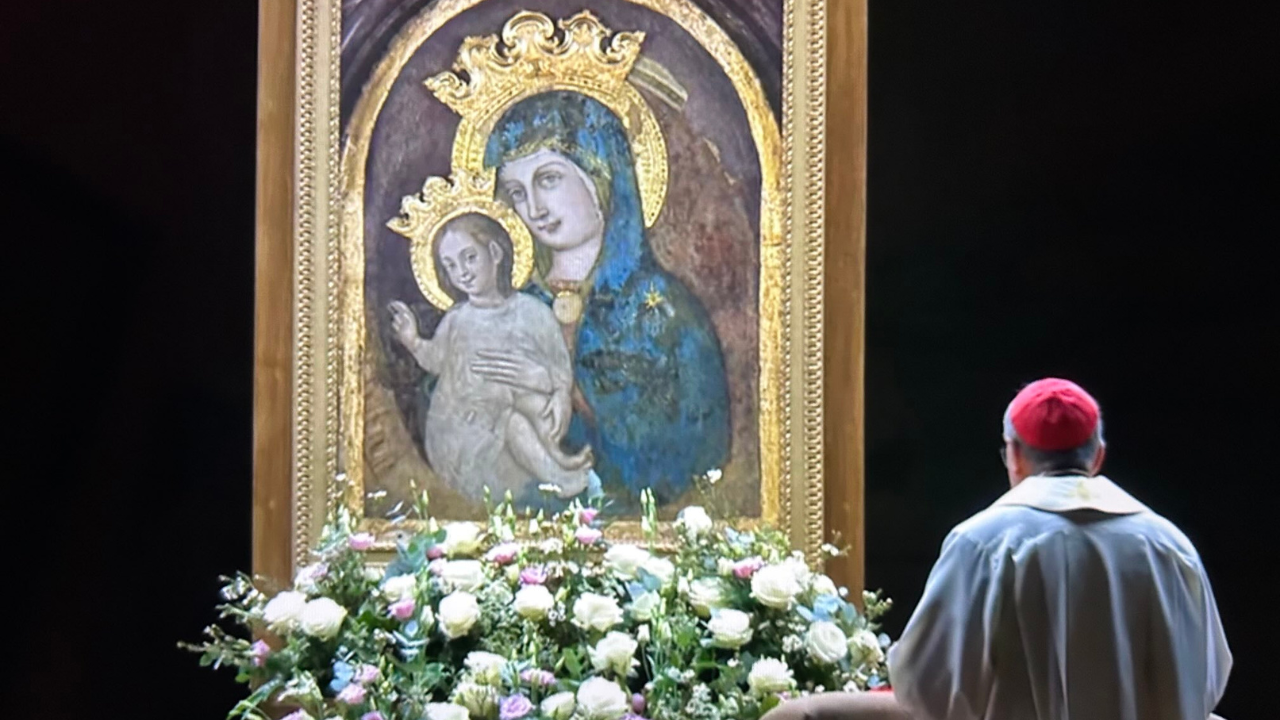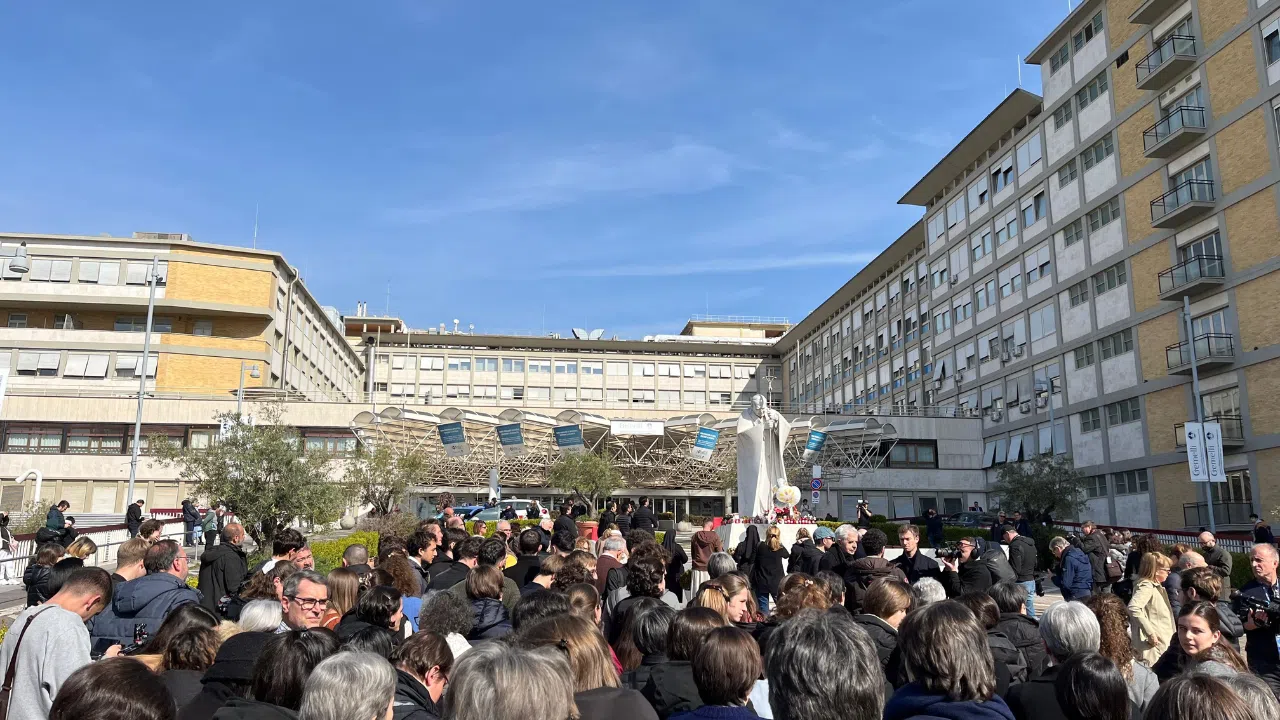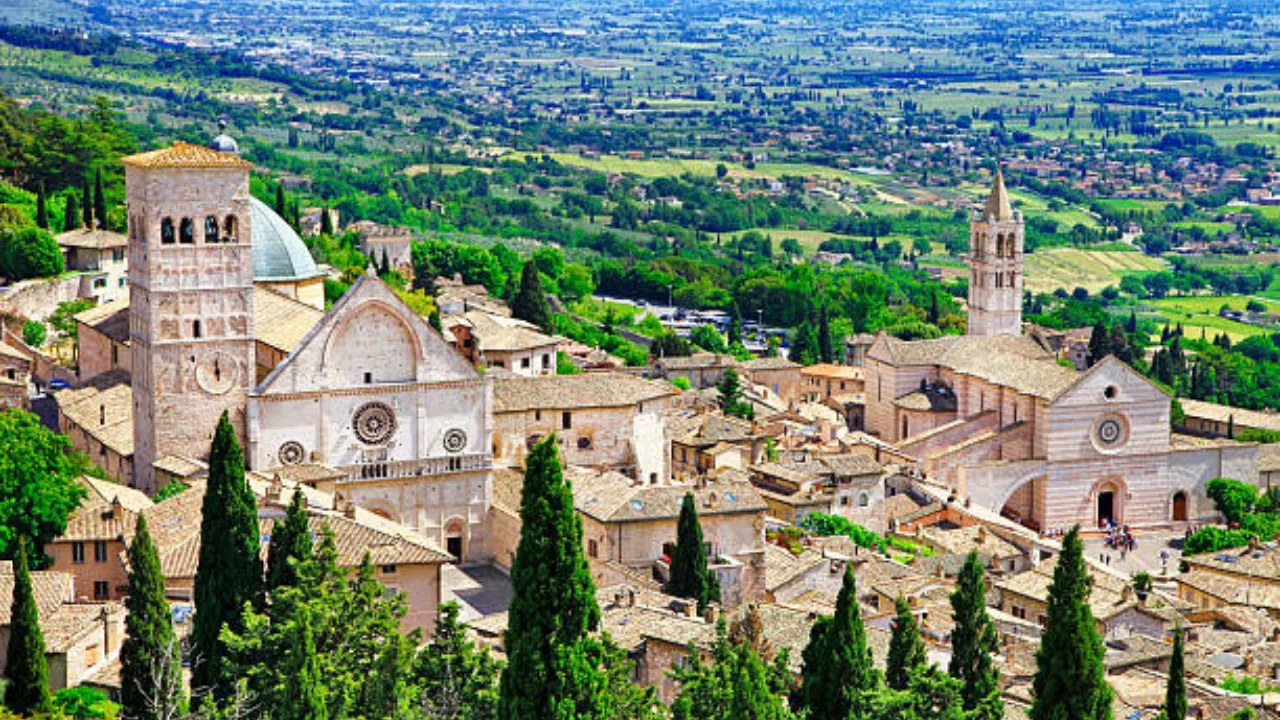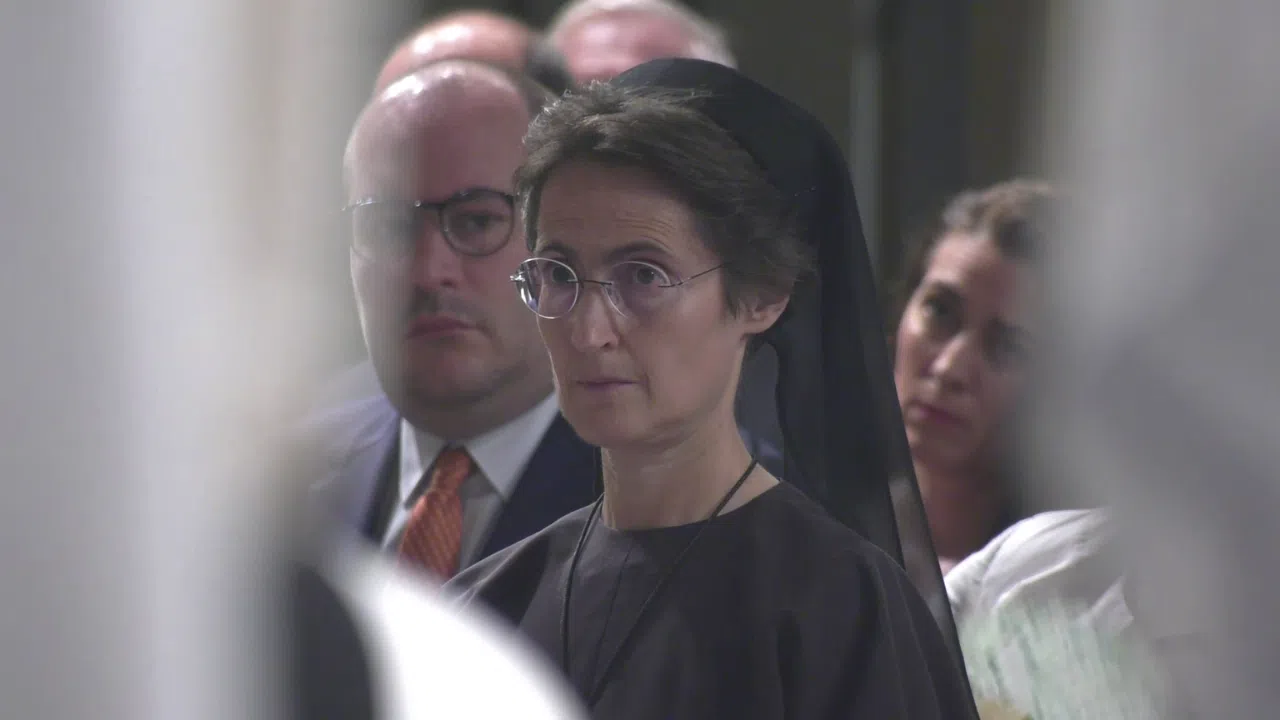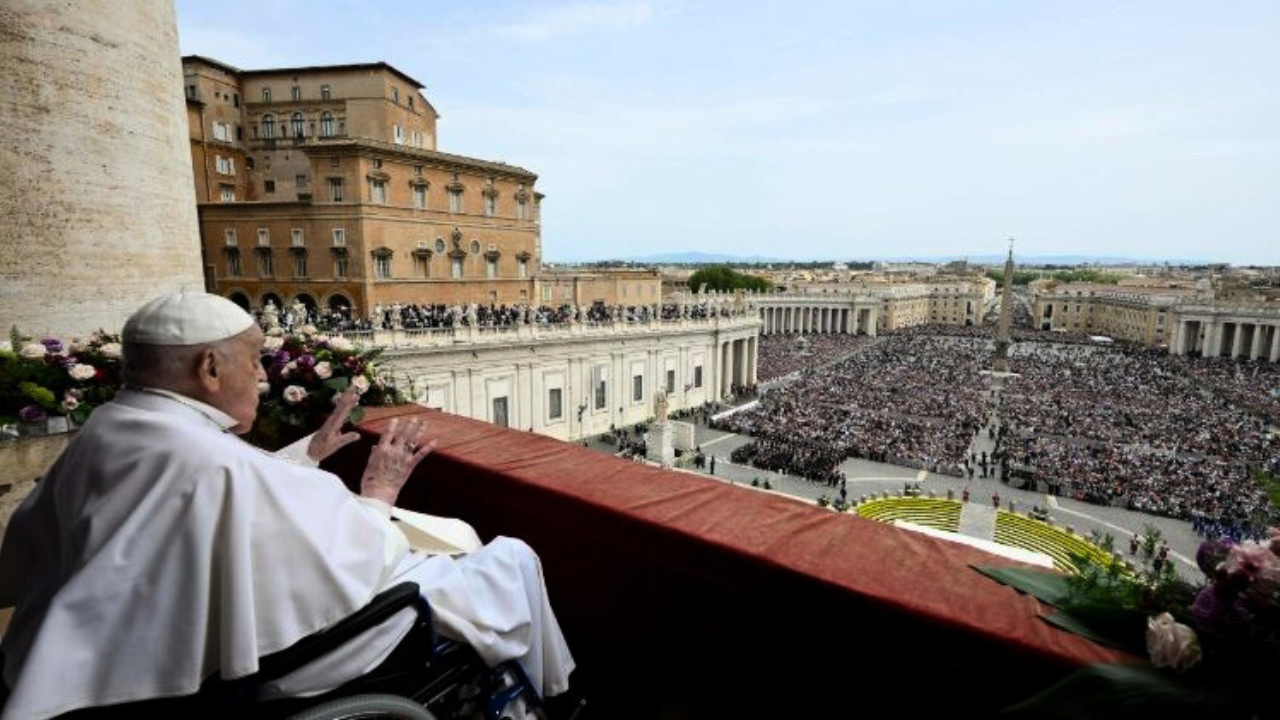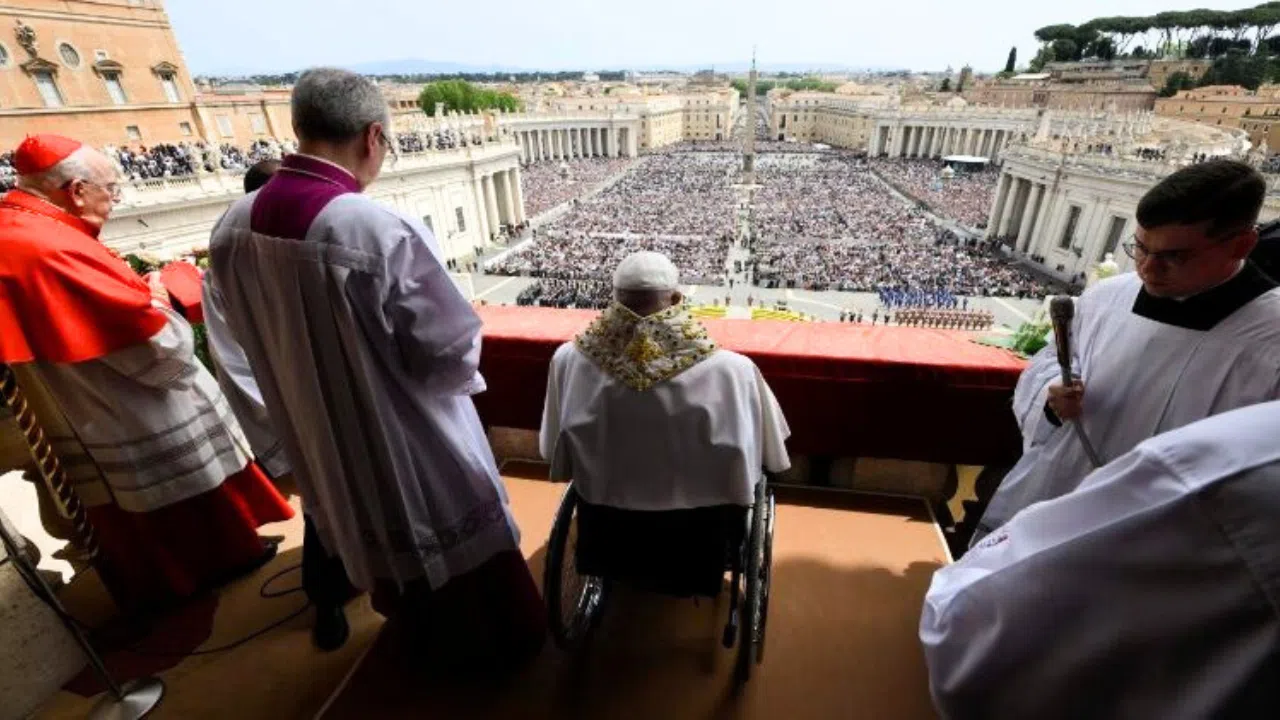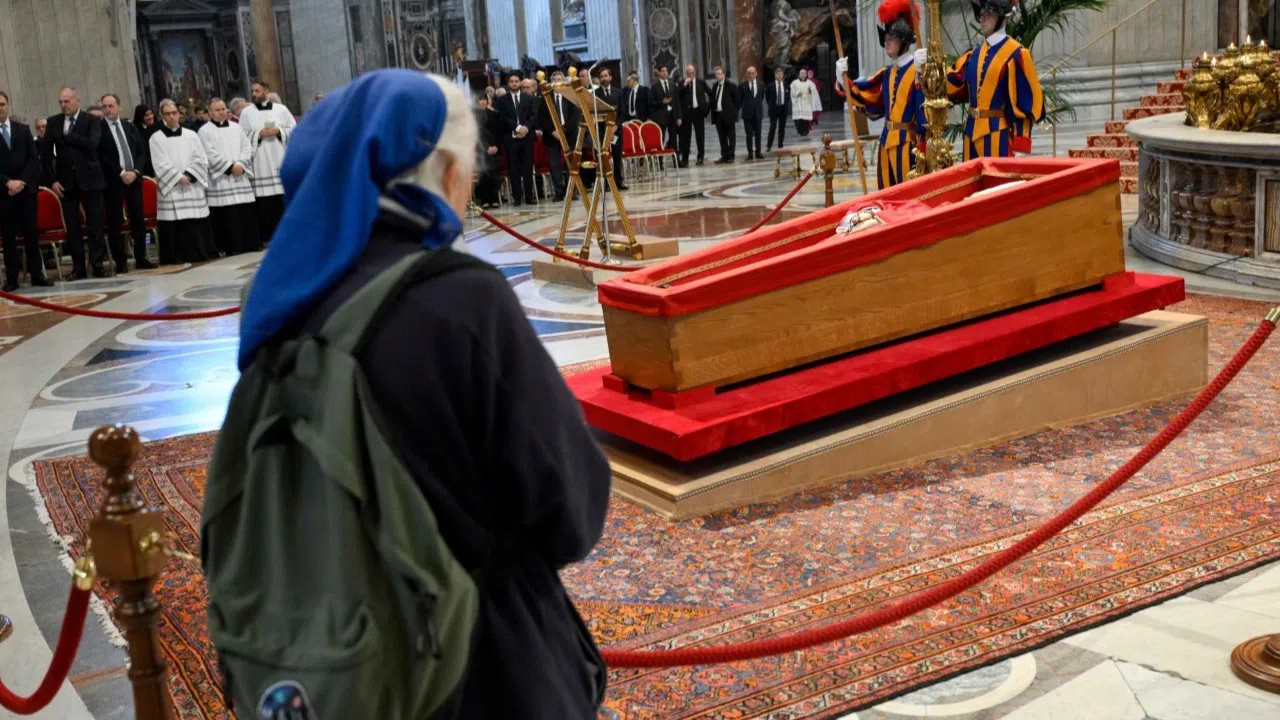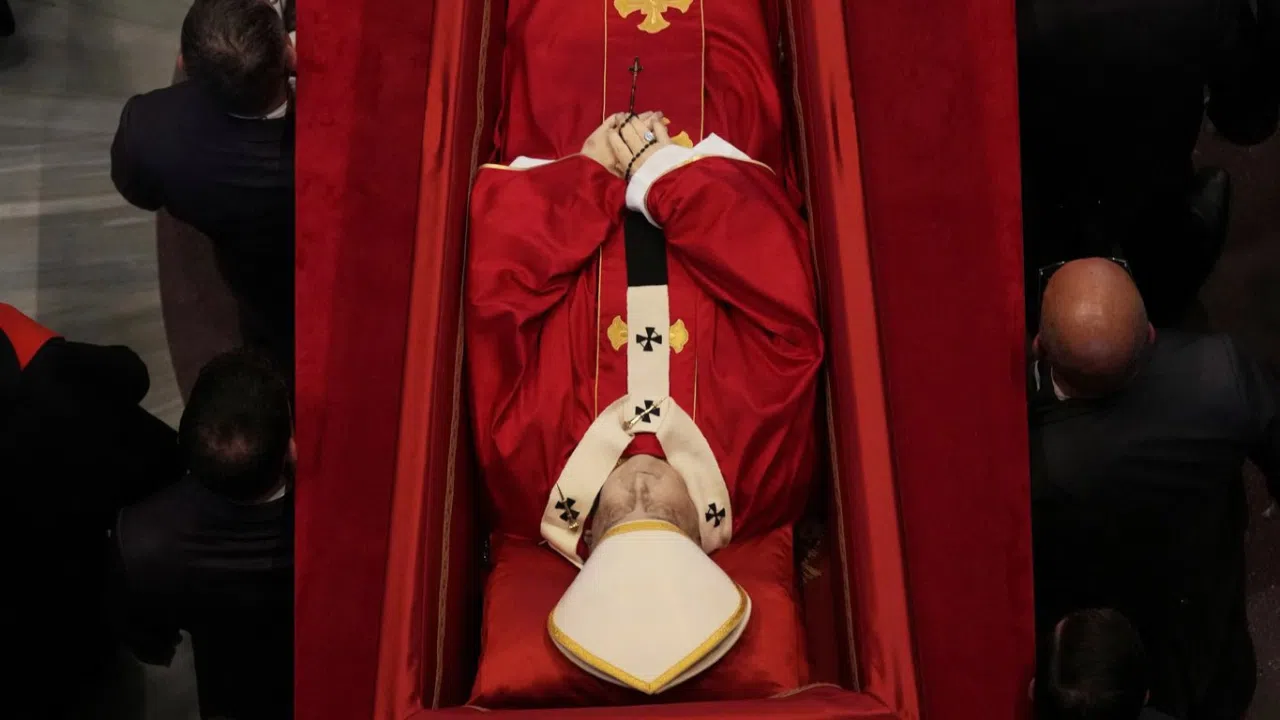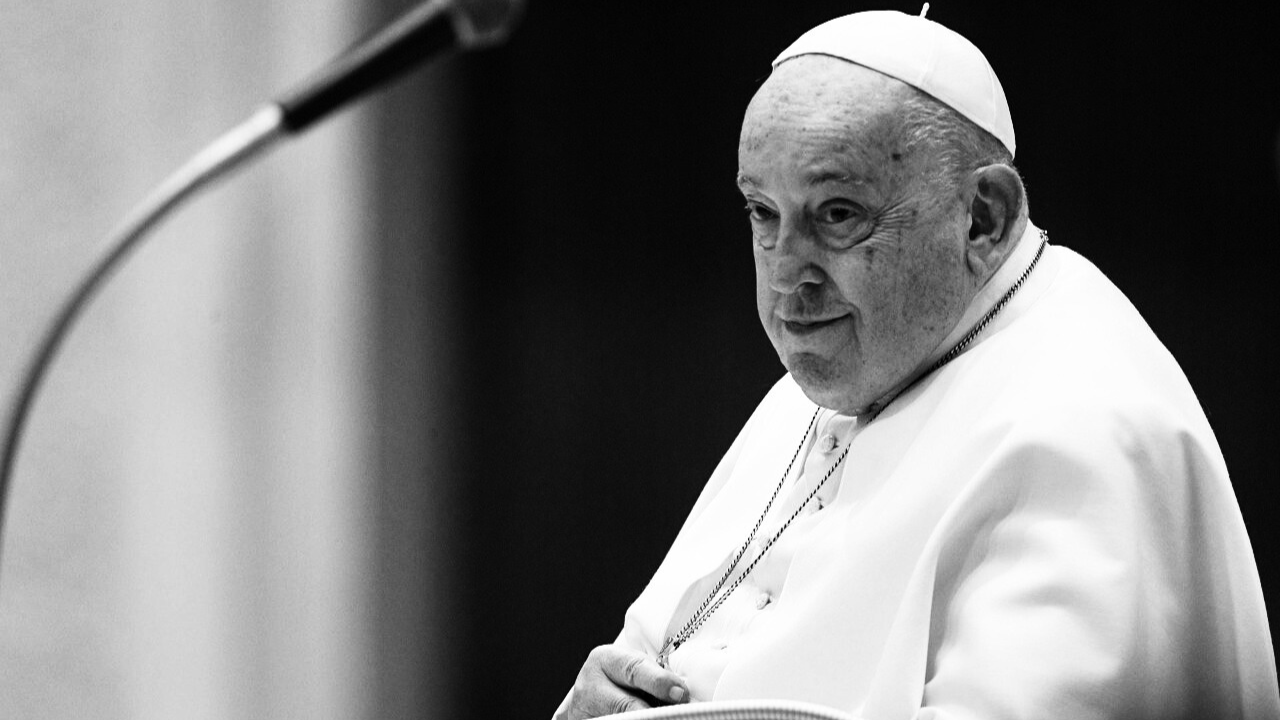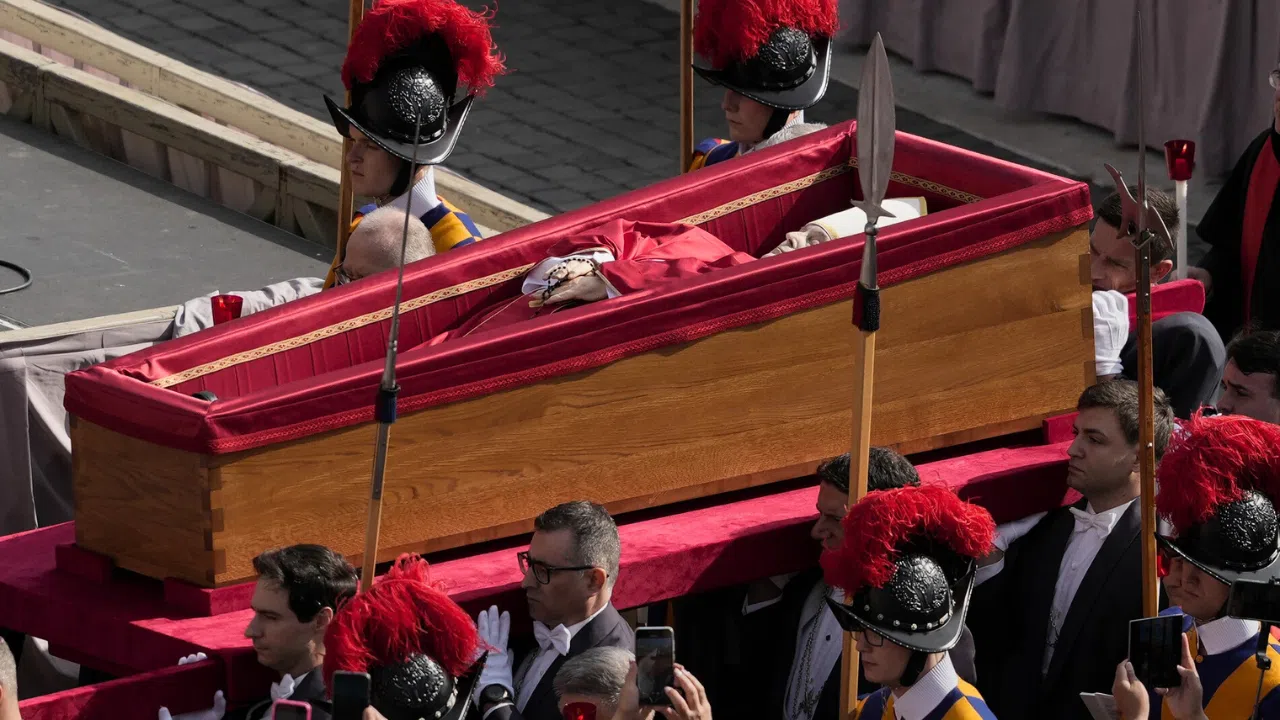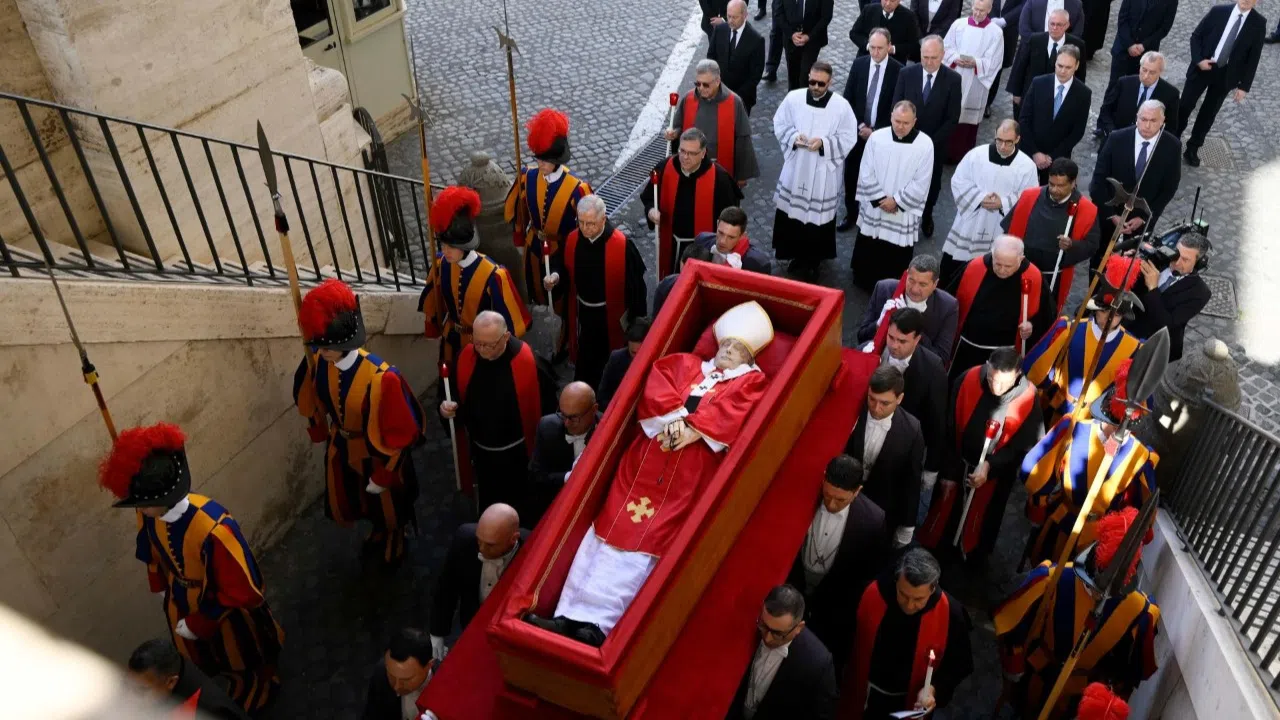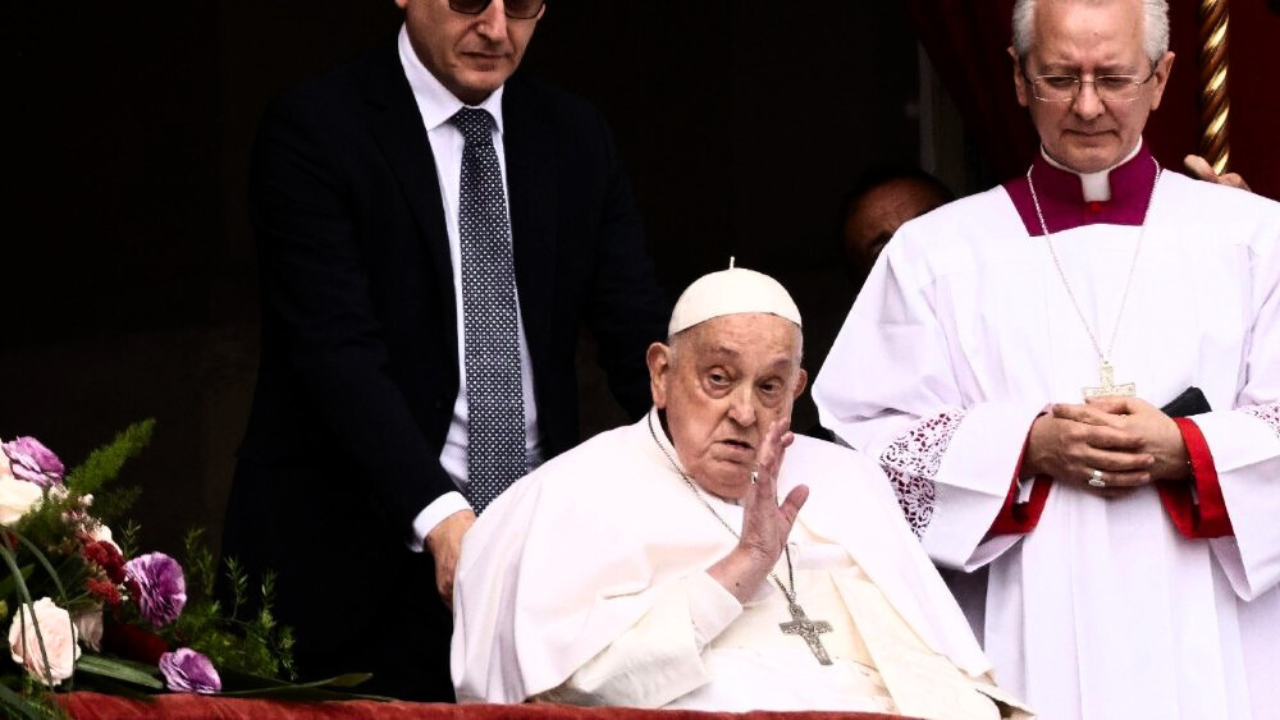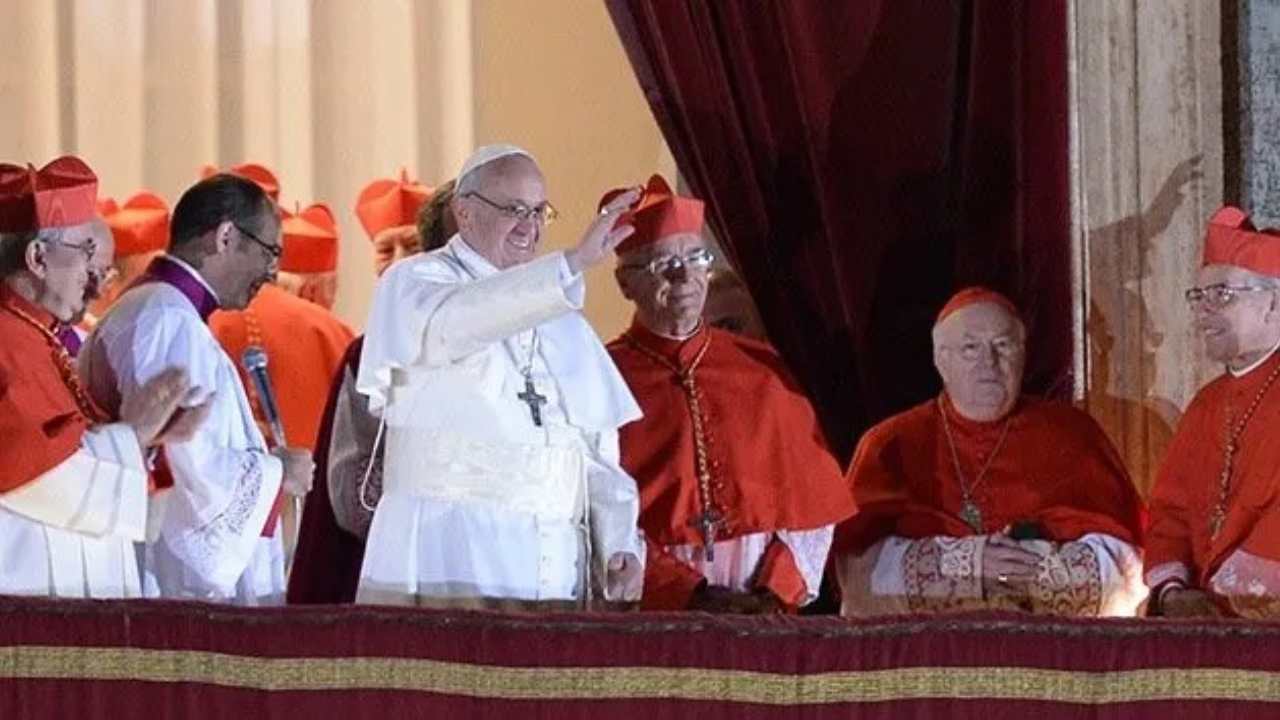Although more than 1,200 miles separate Rome from Jerusalem, the Eternal City is full of relics from Christ's Passion. One of the most famous is the “Scala Santa,” or the “Holy Stairs.” According to tradition, Jesus walked up these 28 steps on his way to be judged by Pontius Pilate, and even stained them with his blood.
In the year 326, Emperor Constantine's mother, St. Helena, had the Holy Stairs brought from Pontius Pilate's palace in Jerusalem to the Basilica of St. John Lateran in Rome. Many popes prayed at the stairs there, since St. John Lateran was the first seat of the Catholic Church before it was moved St. Peter's Basilica.
Later, between 1586 and 1589, Pope Sixtus V ordered the construction of a building specifically to house the Holy Stairs. He had the private papal chapel placed on the top floor. It was called the “Sancta Sanctorum” because it housed some of Christianity's most venerated relics.
Now the Vatican Museums have restored the frescoes that adorn the Chapel of St. Lawrence to their original colors. For centuries, the chapel was one of the oratories where the popes went to pray.
FR. LEONELLO LEIDI
Rector, Pontifical Sanctuary of the Holy Stairs
“What makes this chapel important is that it's a typical example of the counter reformation. The frescoed ceiling shows the glory of the Trinity. And the magisterium of the Church is exalted by the Church fathers and enriched by the presence of two Franciscan priests: Duns Scoto and St. Bonaventure.”
BARBARA JATTA
Director, Vatican Museums
“Pope Pius IX, in the middle of the 19th century, put the Passionists in charge of this sanctuary. And they guarded it as if it were a treasure. We can see it in the way they preserved it, how they welcomed generations of pious pilgrims who have gone up the stairs on their knees.”
The frescoes in the Chapel of St. Lawrence have recovered their vibrant colors, thanks to John and Virginia Gildea, an American couple and Patrons of the Arts in the Vatican Museums. They want to bring the faith to people all around the world.
JOHN GILDEA
Patron of the Arts, Vatican Museums
“We just want to give back, and this was the perfect opportunity because it covered our faith, it covered our family. I can't tell you the pleasure return we've had from that. The peace of mind. Just the concept of exposing others to this that we were fortunate enough to be able to participate in.”
VIRGINIA GILDEA
Patron of the Arts, Vatican Museums
“We feel so blessed that we're able to do it. I have tears of joy. I was so overwhelmed when we walked up the ramp and saw the plaque, and then saw this plaque inside. It was just overwhelming.”
They've made their contribution. Now it's time for pilgrims and tourists to do their part. All they have to do when they visit the Scala Santa is turn to the right to experience the original splendor of the oratory where history's popes have placed themselves at the service of God.
RM
TR: CT
